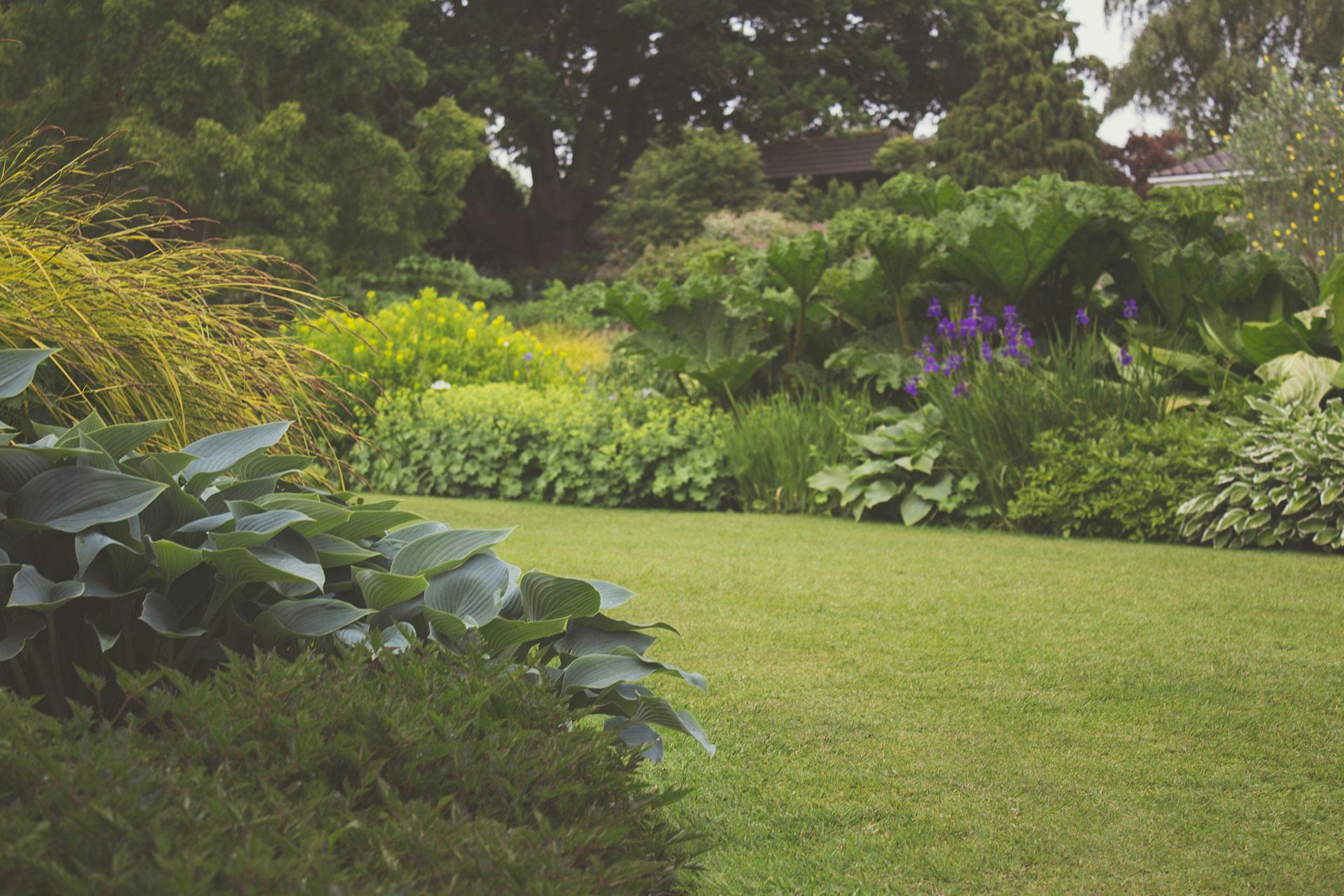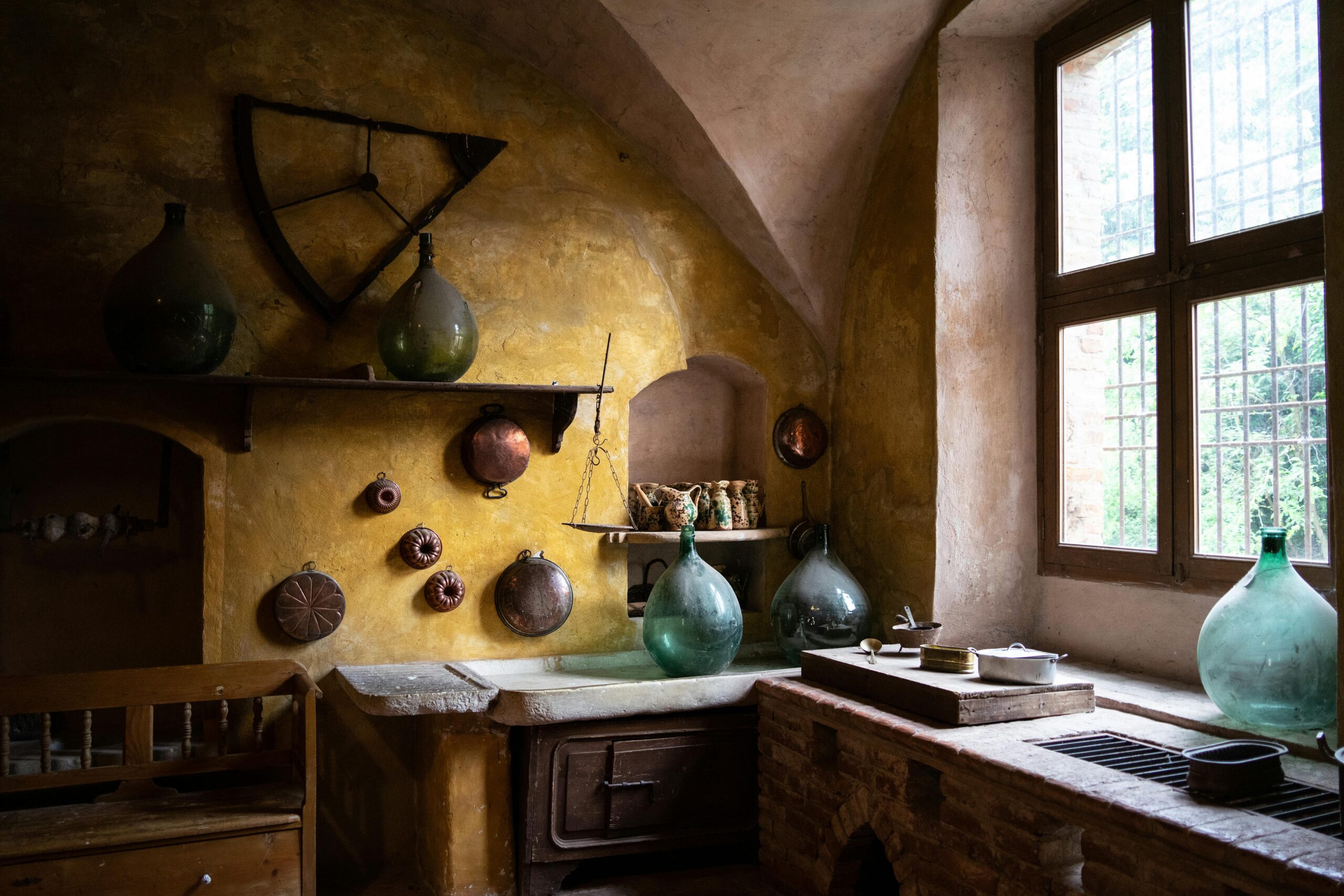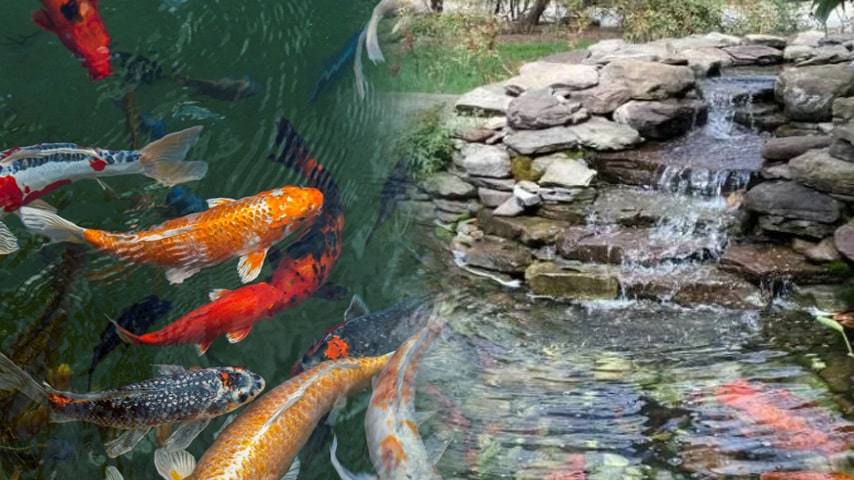Getting a new house has so many different benefits; however, one of the negatives is that it rarely comes with anything done in the garden. The majority of new builds come with a completely blank canvas, often without a lawn or soil and no borders, just the fences. However, a good way to look at this is that you can tailor the space exactly to what works for you, so your options are endless! We’re here with the main components to consider for your garden, with options suitable no matter what your budget is.
Decide On Your Lawn
First up, you need to decide on your lawn. If you’re lucky, you may already have a lawn; however, often this isn’t the case. So, your first option is to get artificial grass. You won’t have to pay for soil and then the turf rolls on top of that, plus it’s ideal if you don’t want to deal with any lawn maintenance. Often, you can get quite good deals on artificial grass on local marketplaces, so this is definitely something worth considering if you have a small area that needs grass.
Your second option is to buy the soil for the garden and then sew the seeds yourself. This is quite a simple process, as long as you do your research to make sure you do it at the right time of year, the soil is in the right condition and you distribute the seeds properly. This is definitely more cost-effective than if you were to buy the turf rolls; however, it does require more work and care over the coming months. Plus, of course, you don’t have an instant result. It can take up to 8 weeks for the grass to be fully established, so if you want a quicker transformation, this won’t be the best option.
Lastly, an option is to buy the soil and then also the turf rolls. This is definitely an easier option if you want real grass. The work is done and you just need to get yourself a decent lawnmower to keep it in good condition. So, think about how much time you’re willing to invest in this, as well as the maintenance you want to invest, and then you should be able to make a decision based on the information we introduced above!
Plant Perennials Around Borders
Now, if you want to start building your garden in terms of greenery, get yourself some perennial and evergreen plants. Evergreen plants (usually green shrub-type plants) stay green all year round, then perennial plants flower every year, so when you have a combination of these plants, then you will grow a full garden that you can enjoy all year round. Not only is this cost-effective, but it is also a good way to enjoy your garden.
It’s much cheaper if you buy small shrubs and plants and give them time to grow in your garden; however, of course, you have the option of buying more established plants if you want a fuller look more quickly. You can save space for your shorter-term plants too if you’re into gardening, but towards the start, we’d recommend filling out your garden with perennials and evergreen plants to get everything started.
Hard Landscaping
If you want some structure to your garden rather than just the lawn and borders with plants, then you should think about the hard landscaping you want in your space. This refers to hard surfaces or materials that are used in the garden. It can help add structure to your space and also provide a more stable surface when the weather is bad. For example, say you’re having a BBQ on a Saturday and the weather is due to be sunny, but it’s rained for 3 days straight prior, then it’s going to get very muddy! So, this just provides a bit more stability. Here are a few options for your hard landscaping, if this is something you want to install.
Patio
One option is to lay a patio in your garden! Patios are extremely long-lasting, they’re very low maintenance, they increase the value of your home and they’re always weather-resistant, so they’re a great option. Patios are more expensive than some of the other hard landscaping options; however, they last a lot longer too, so it is worth the investment. Plus, they look great. You could go for just one corner of your garden or potentially create a path through the garden too, which can look lovely. There are so many different types of patio tiles so you can find the perfect fit for your garden.
Decking
Another option is decking! Again, there are different options for your garden and your budget, with composite decking requiring less maintenance but being more expensive and wooden decking being more affordable but needing some maintenance with yearly treatment. Decking looks fantastic in your home and wood is almost always a more affordable alternative to getting a patio.
The best part is that it can be a DIY project; you can buy the wood of your choice ready to go so all you have to do it put the pieces together. This could make things a lot cheaper but also be very rewarding in the end. It will encourage you to take care of it a lot more and appreciate the process of getting a new deck.
Gravel or Stones
Another option for your garden would be to choose gravel or stones, which are ideal for creating paths in your garden and also for different design features. These are less suited to seating areas, but they are great for use around the rest of your garden.
Create Raised Beds
Another great thing you can do to bring your newly built garden to life is to create raised beds. These look stunning in gardens and are a great way to highlight some of your favourite plants in the space. If you’re into growing your own vegetables or herbs, this is also a great way to do this, as you can better control the conditions compared to if you were to plant them directly in the ground.
If you’re quite handy, you can build these yourself, or you can likely find them on local marketplaces for quite a cheap price. Whether you have just one or you create parallels around your garden, they’ll look fantastic. You can dig them down into your soil slightly if you want them lower down; however, it’s recommended they’re at least 12 inches deep to maximise the environment for your plant. If you’re planting vegetables, try to make sure it’s at least 18 inches deep.
Final Thoughts
With some time and investment, you can completely transform your new garden. There’s something quite special about being able to start from scratch and watch your garden grow. We’d definitely recommend taking your first photo when you move in and then taking one each year. Then you’d realise just how far your garden has come. No matter the direction you want to take your garden or the budget you have to spend, you can do so much with a blank canvas. Make sure to always have a look at your local marketplaces before buying materials, because you’ll be surprised at what people will be getting rid of and it might be just what you’re looking for at a fraction of the cost. So, start the planning process, get your ideas together, and enjoy the process of transforming your outdoor space.



